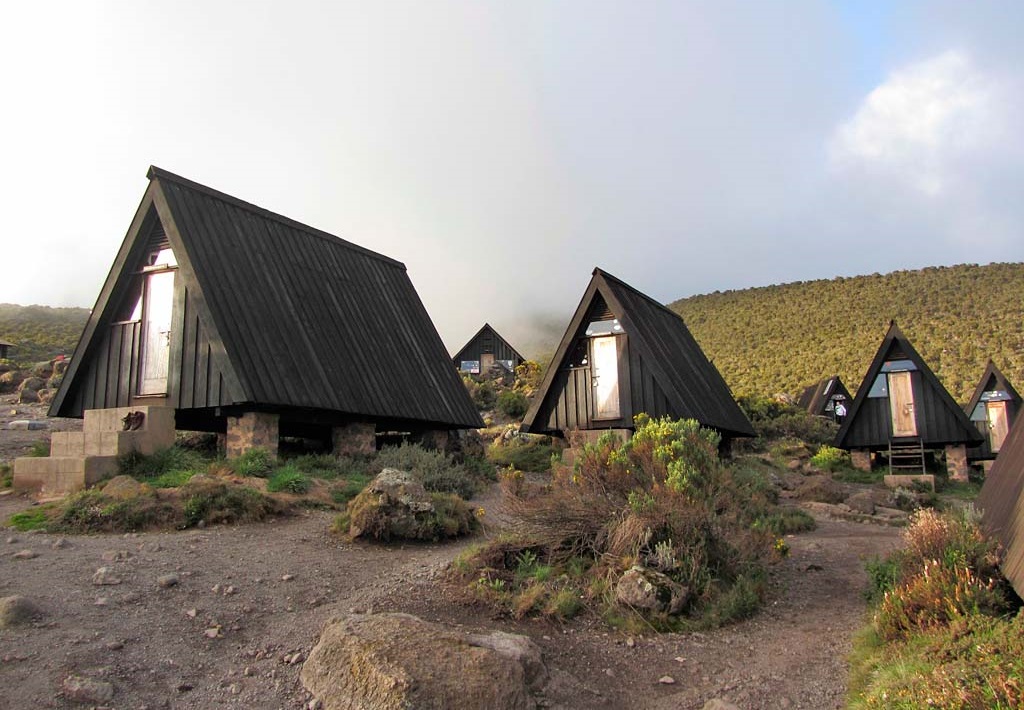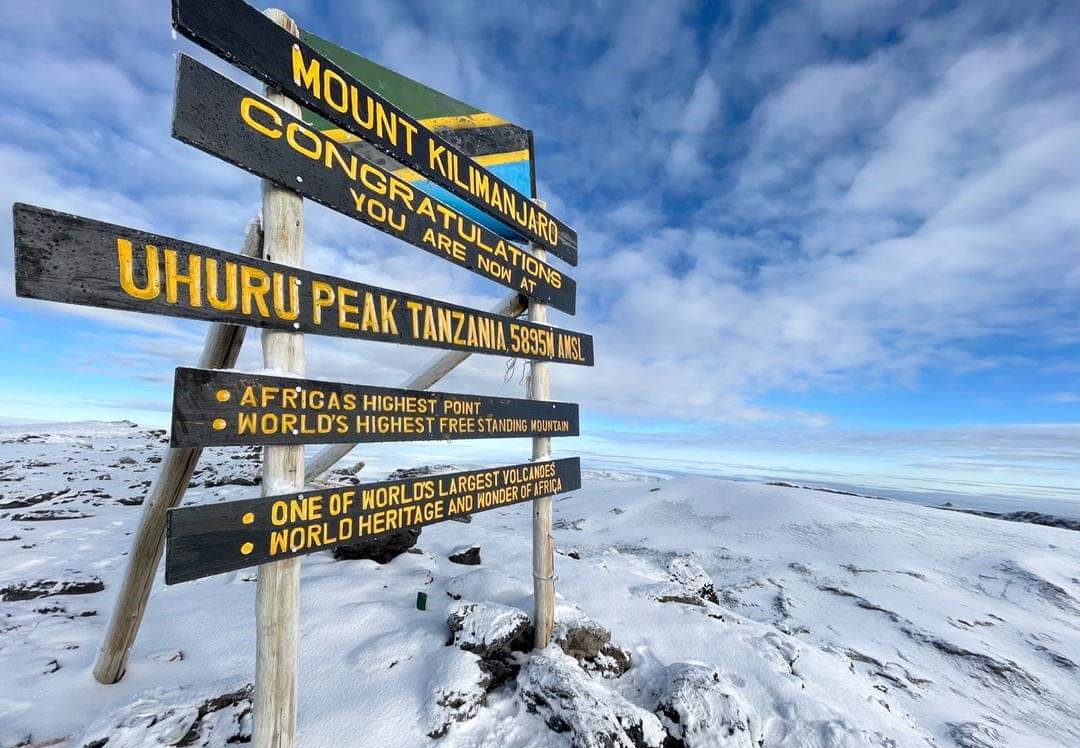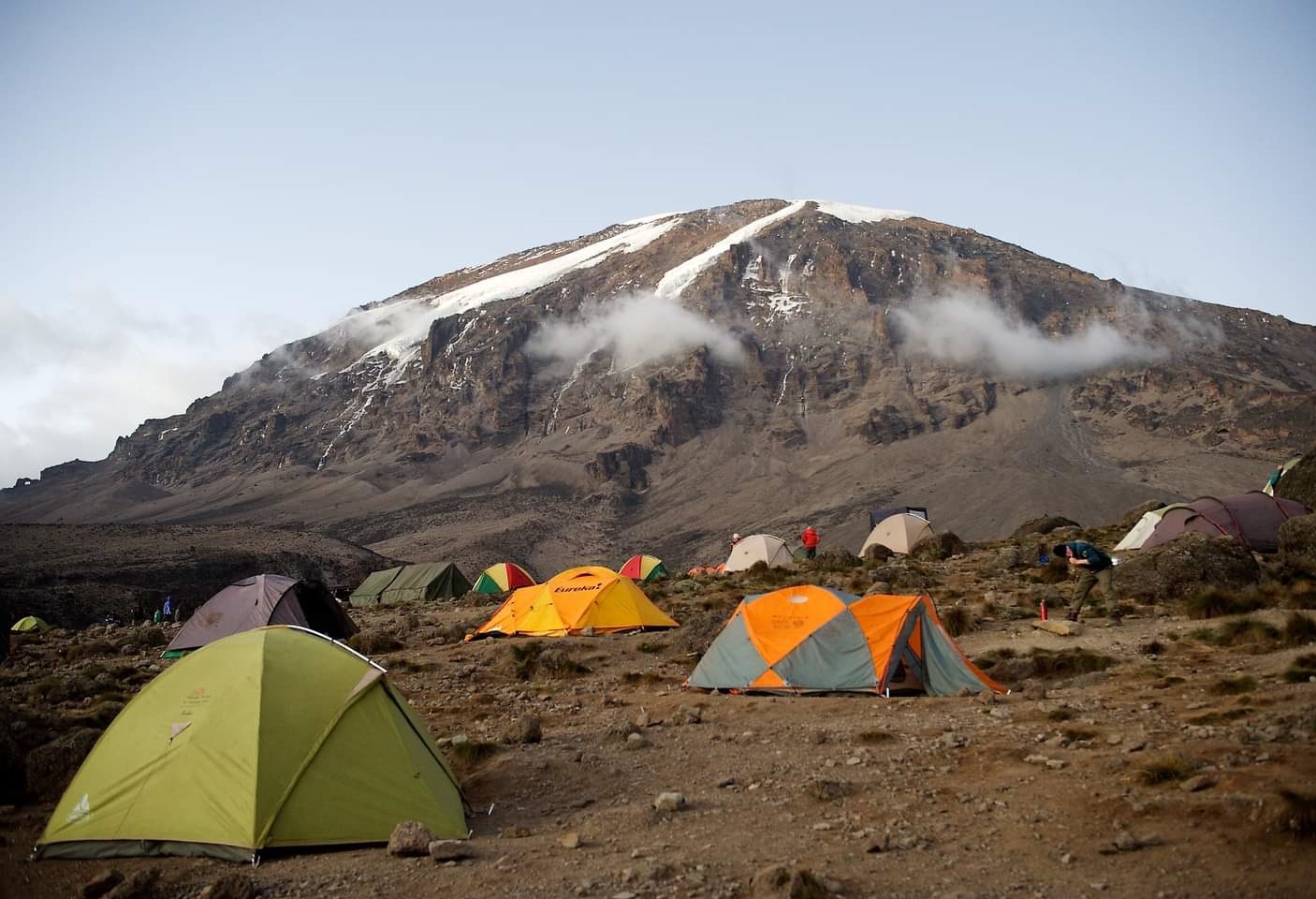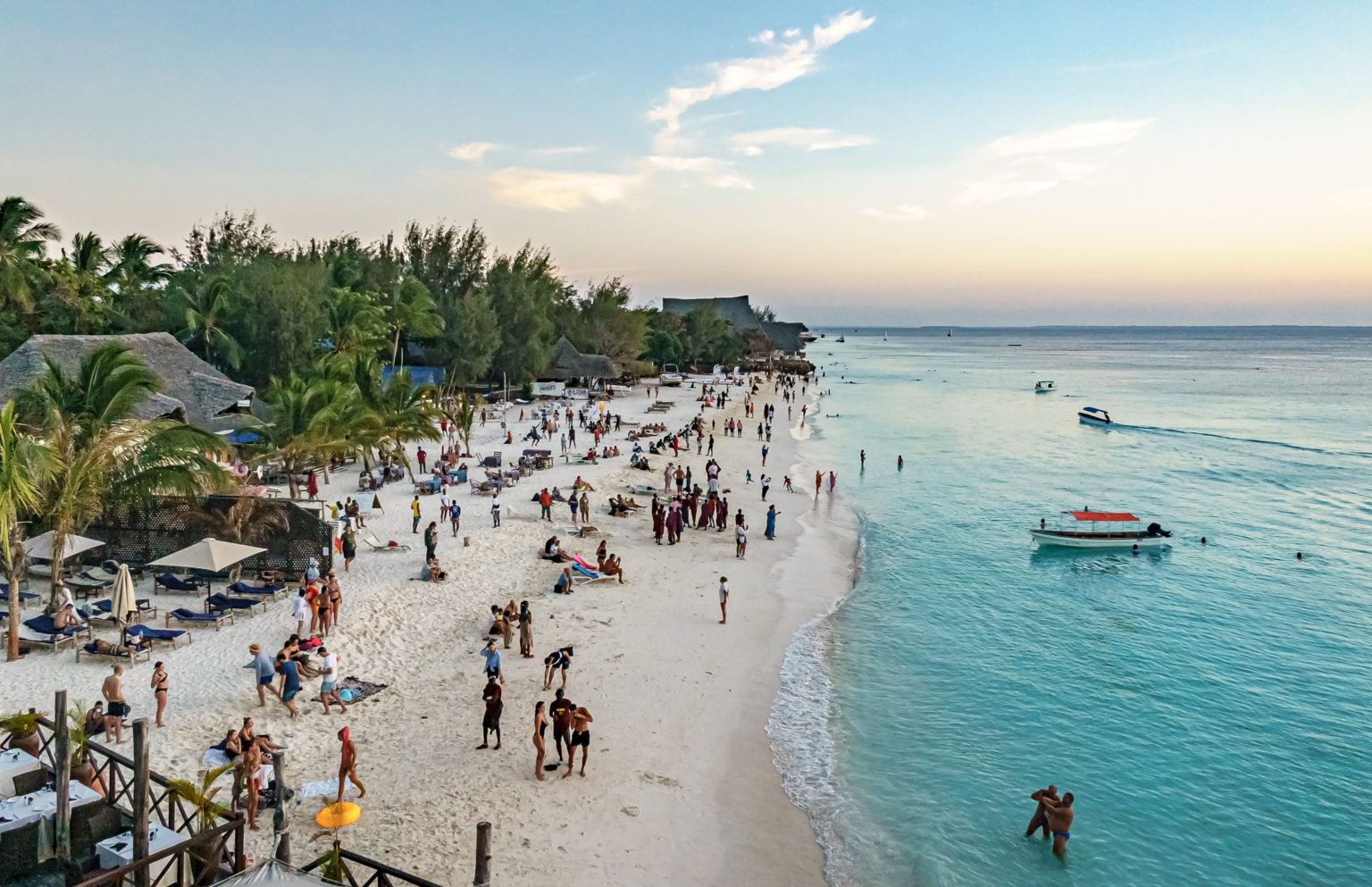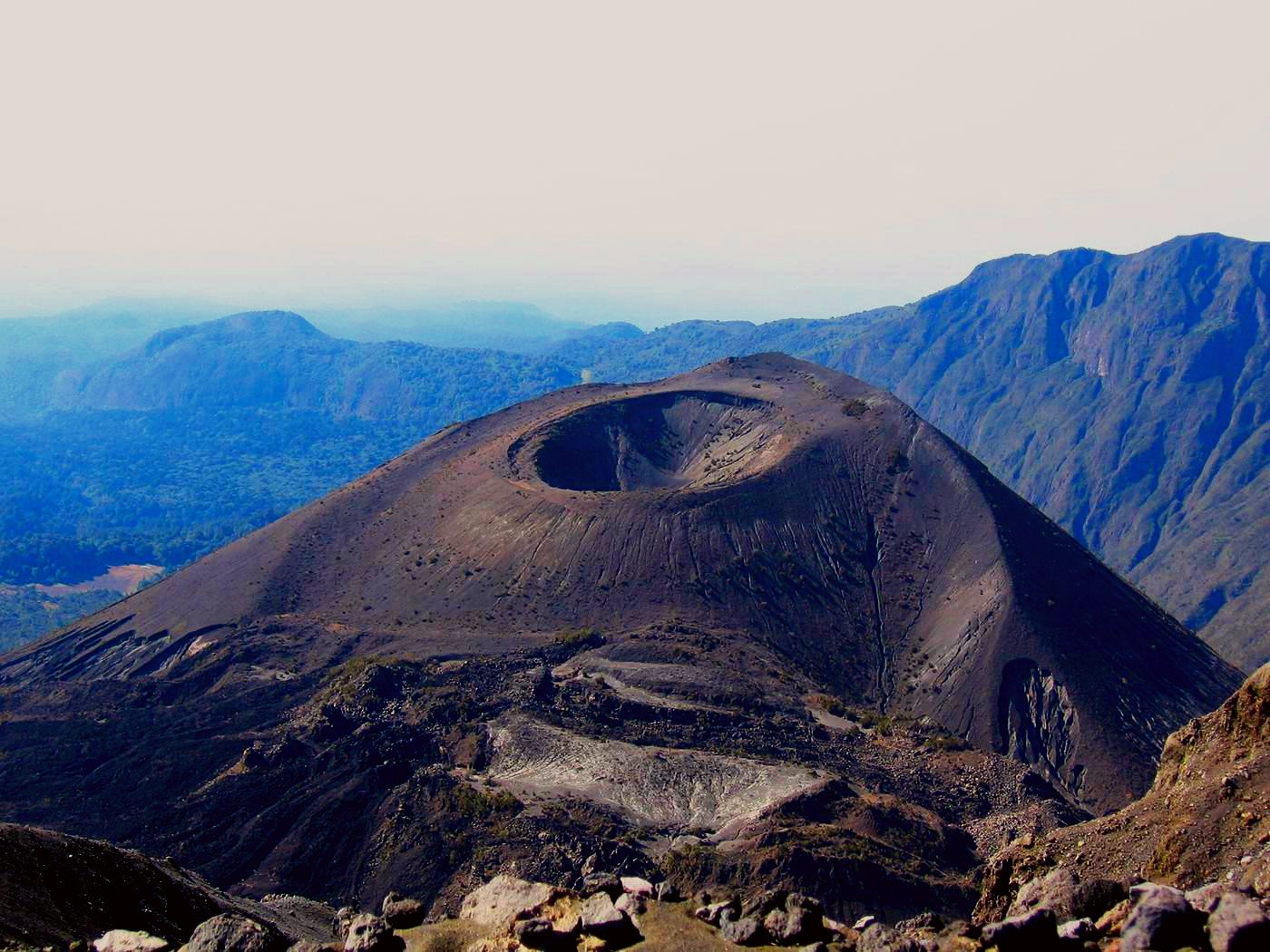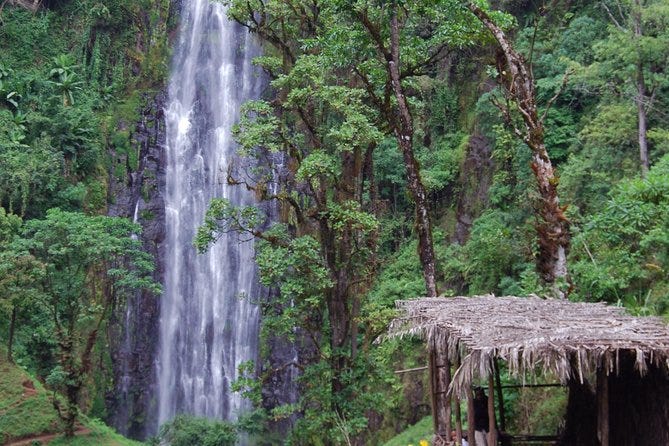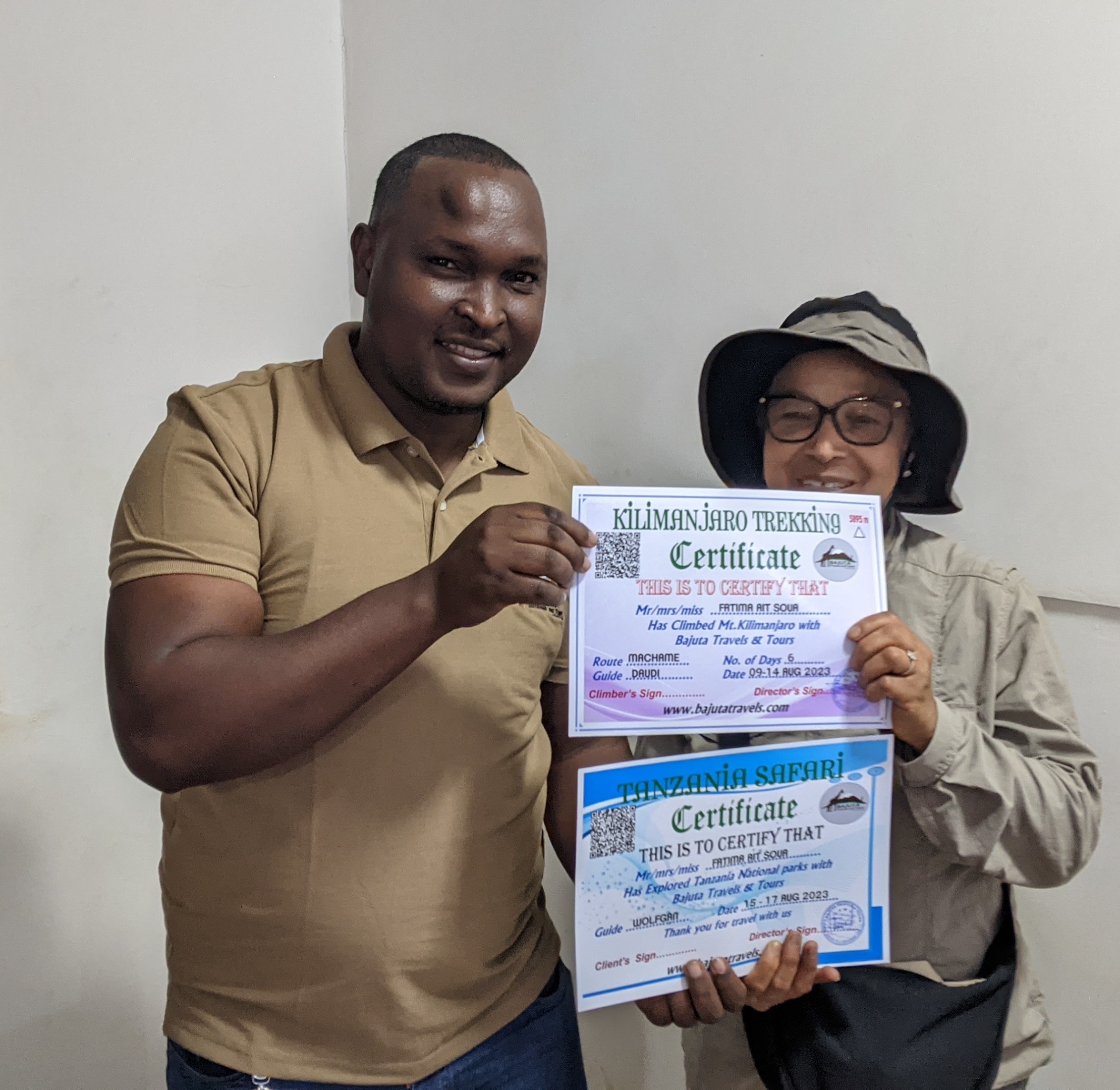TIPS FOR CLIMBERS

Overview
Kilimanjaro is a popular peak, high on the list of ultimate treks (along with Mt Everest and Machu Picchu in Peru), taken on by many who covet the title of climbing the tallest mountain in Africa.
TIPS TO REACH THE SUMMIT OF KILIMANJARO
Go slow
The reason to go slow is that your body is working harder at altitude. The air is thinner and there is less oxygen to breathe. The porters will tell you “pole, pole” which means “slowly, slowly”.
Think of The Hare and the Tortoise. Be the tortoise. Walk slower than you normally would, and your body will thank you.
Drink plenty
Hydration will also ward off possible altitude sickness. Ensure you have a CamelPak or Platypus instead of a bottle so that water is constantly accessible as you walk. When your hands are cold you don’t want to be taking off your gloves to unscrew a bottle top. Plus, you should be drinking three liters a day, and it’s a hassle to have to stop to take a bottle out of your bag every time you take a sip.
And more than just water – take hydration salts. I put one sachet straight into my CamelPak every day just to make sure I was uber-hydrated. Diarrhea is common at altitude, and in general if your body is adjusting to being overseas, so salts like Dioralyte are your best friend.
Get the right gear
I met someone recently who climbed Kilimanjaro and hated the experience – I was heartbroken – but not surprised when she explained why. The reason she doesn’t swoon nostalgically over how life-changing and magical summit night was, is because she was completely unprepared. She didn’t have enough or even the right type of clothing for the hike. And to top it off, she accidentally left her walking boots at a petrol station on the way to the starting point, and had to climb in trainers. I can’t imagine how awful it must have been.
Even if you go to the mountain with all the physical training and mental preparation possible, without walking boots or warm clothes, you will hate every second. I wore thermal layers, two pairs of gloves, a hat, scarf, a down jacket and had a heavy-duty sleeping bag, and I still shivered at night.
So get quality thermal gear, enough layers (of appropriate materials like fleece – not cotton which gets heavy with sweat), a down jacket is a must, a four season sleeping bag and hand warmers. Stuff your clothes to the bottom of your sleeping bag each night so they’re warm(ish) in the mornings.
Also remember a sun hat and sun cream. I got sunburnt on day one and trust me, when cold winds blow against burnt skin, it’s not fun. Plus a head torch with enough batteries – for your tent, for toilet trips and for summit night.
Prepare physically
I don’t say this for every hike, but for Kilimanjaro it is necessary.
Altitude sickness strikes indiscriminately – it doesn’t matter whether you’re an Olympian or reigning pie-eating champion, you could get hit. But regardless, being fit for this hike is important. Make sure you do training hikes up hills back home before heading over to Africa.
Prepare mentally
Summit night is the hardest thing you’ll ever do. It’s why it’s also the most amazing thing you’ll ever do. But you have to prepare. It becomes way more about your mindset than your physical strength at that point. I was literally falling asleep as I walked, a porter supporting me in case I fell. Porters will help you as much as they possibly can – and they truly are angels – but at the end of the day it is down to you.
Knowing this, I made myself a summit playlist on my iPod Classic (may she rest in peace) full of motivating tunes. I tucked it beneath about eight layers of clothing to ensure the battery didn’t freeze (a legit concern) and pressed play. Rocketman by Elton John started me off. All good. But when the song ended, it started again. I had left the “repeat” setting turned on and I was going to either listen to Elton on repeat for the nine-hour ascent, or listen to nothing. So I pulled out the earphones and instead listened to myself say “step by step, take it step by step”.
It sounds cliché but when you do this ascent, crawling up loose scree in the dead of night, you uncover strength that you didn’t know you had. Just take it step by step.
And make sure you stop to take in that sunrise – it’s phenomenal.
